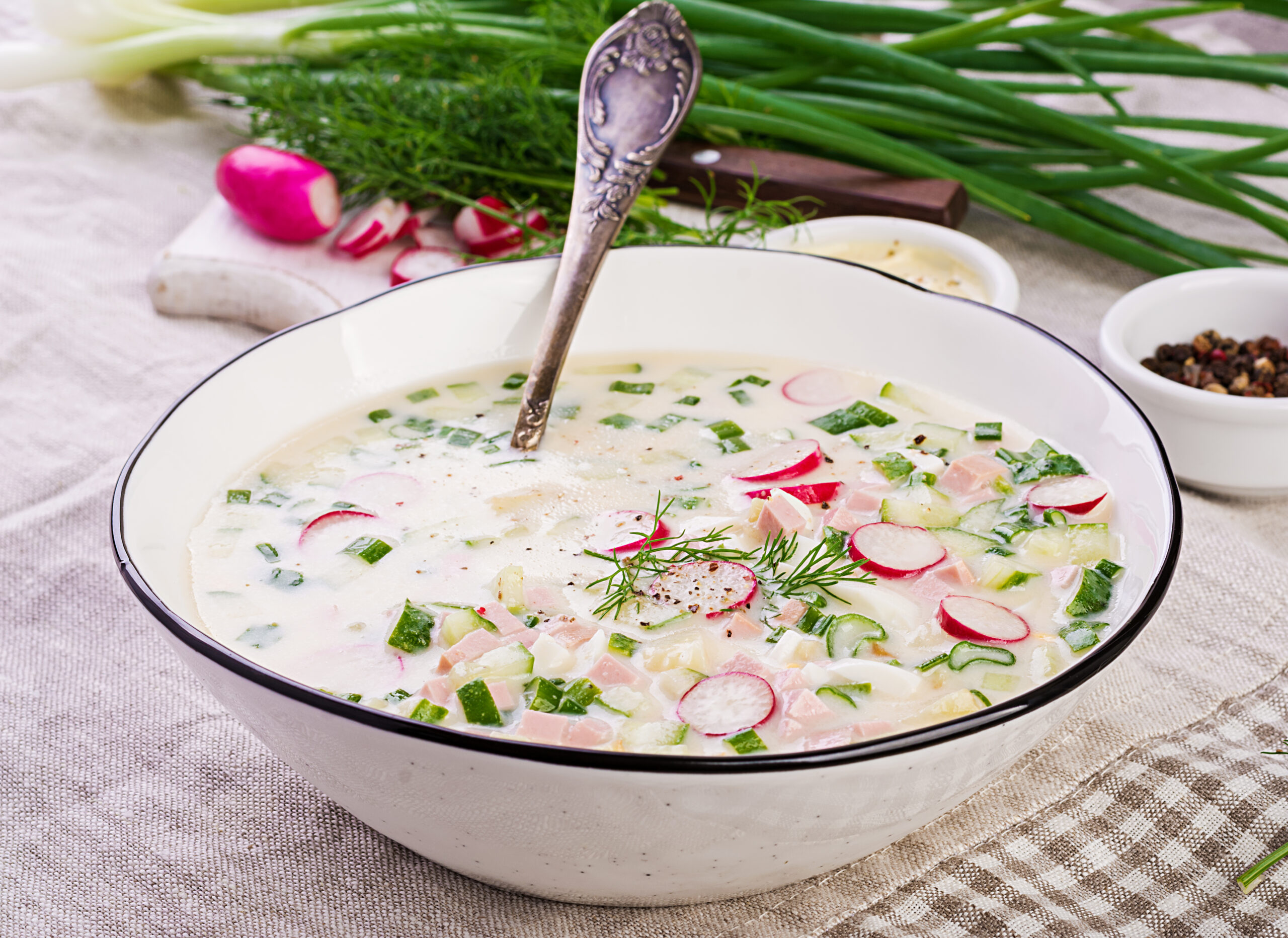Tahini is more than just a creamy condiment; it’s a culinary powerhouse that has captured the hearts (and taste buds) of food lovers around the world. Often overshadowed by its popular cousins like peanut butter and hummus, tahini deserves its moment in the spotlight. This rich, nutty paste made from ground sesame seeds is not only delicious but also packed with nutritional benefits that can enhance your meals and snacks.
As we embark on this deep dive into tahini’s origins, health perks, and versatile uses in cooking and baking, you’ll discover why this humble ingredient should be a staple in your kitchen. Whether you’re drizzling it over roasted veggies or incorporating it into desserts, tahini offers endless possibilities for flavor exploration. Let’s unlock the secrets of this ancient delight together!
The Origins and History of Tahini
Tahini has roots that stretch deep into history, with origins tracing back to the Middle East. Ancient texts suggest its use over 2,000 years ago in regions like Persia and Mesopotamia. It was often enjoyed as a dip or spread.
The preparation of tahini is simple yet clever. Ground sesame seeds provide a rich, nutty flavor that quickly became popular across various cultures. As trade routes expanded, so did its influence—spreading to Mediterranean countries and beyond.
In modern times, tahini gained recognition for its versatility. It’s not just an ingredient; it’s a tradition passed down through generations. From being a staple in hummus to dressing salads or drizzling over grilled meats, it captures both culinary artistry and cultural heritage.
With every spoonful of tahini comes a taste of history—a connection to ancient practices still celebrated today in kitchens around the world.
The Nutritional Value of Tahini
Tahini is packed with essential nutrients that make it a powerhouse in any diet. Made from ground sesame seeds, it’s rich in healthy fats, particularly unsaturated fats that support heart health.
One tablespoon of tahini delivers a good dose of protein, making it an excellent option for vegetarians and vegans seeking to increase their intake. Additionally, it contains vital minerals like calcium, iron, and magnesium.
The fiber content in tahini also aids digestion and helps maintain a feeling of fullness. This can be particularly beneficial for those looking to manage their weight or enhance gut health.
Vitamins such as B1 (thiamine) and B6 are present as well. These vitamins play crucial roles in energy metabolism and brain function.
With its nutrient-dense profile, incorporating tahini into meals not only boosts flavor but also adds significant nutritional value.
Health Benefits of Consuming Tahini
Tahini is more than just a tasty spread. It packs a nutritional punch that can enhance your health in numerous ways. Rich in healthy fats, it delivers essential fatty acids that promote heart health and reduce inflammation.
This creamy delight is also an excellent source of plant-based protein. Just two tablespoons provide about 5 grams, making it an ideal addition to vegetarian and vegan diets.
Packed with vitamins and minerals, tahini contains calcium, magnesium, and iron. These nutrients are vital for bone strength, muscle function, and overall well-being.
Additionally, tahini boasts antioxidants that help combat oxidative stress in the body. This may support skin health while promoting a glowing complexion.
Its fiber content aids digestion by supporting gut health. Regular consumption can lead to improved regularity and reduced bloating—two factors that contribute to overall comfort.
How to Use Tahini in Cooking and Baking
Tahini is a versatile ingredient that can elevate both savory and sweet dishes. Start by adding it to dressings or dips. A simple tahini sauce, mixed with lemon juice and garlic, can transform salads or roasted vegetables.
When baking, tahini can replace butter in many recipes. It adds moisture and a nutty flavor to cookies and brownies. Try incorporating it into your favorite muffin mix for an unexpected twist.
Don’t shy away from using tahini in smoothies either. Just a spoonful blends seamlessly with fruits for added creaminess and nutrition.
For breakfast lovers, drizzle tahini over oatmeal or pancakes instead of syrup. Its rich texture pairs beautifully with fresh fruits or seeds.
With its unique taste profile, experimenting with tahini will open up new culinary adventures you didn’t know existed!
Different Varieties of Tahini and Their Unique Qualities
Tahini comes in several varieties, each with its own distinct flavor and texture. The most common type is made from hulled sesame seeds. This version has a smooth consistency and a milder taste, making it an excellent base for dips and dressings.
On the other hand, unhulled tahini retains the outer seed coating. It boasts a richer flavor profile and darker color. Many appreciate its slightly bitter notes paired with natural nuttiness.
Some artisanal brands create flavored tahinis infused with garlic or herbs, adding another layer to your culinary creations. These unique twists elevate traditional recipes into something extraordinary.
Regional variations also exist; Middle Eastern tahinis often have added spices that reflect local cuisine styles. Exploring these different types can enhance your dishes while introducing new tastes worth savoring. Each variety of tahini contributes its character to both familiar favorites and innovative meals alike.
Alternative Uses for Tahini Beyond the Kitchen
Tahini is more than just a delicious spread. Its versatility extends far beyond the kitchen, making it a valuable addition to your beauty routine.
As a natural moisturizer, tahini can hydrate dry skin effectively. Just apply a thin layer on areas that need extra care and allow it to absorb for soft, smooth results.
It also serves as an excellent hair conditioner. Mix it with olive oil or coconut oil for a nourishing treatment that restores shine and reduces frizz.
For those seeking alternative health remedies, tahini may help soothe minor irritations when applied topically thanks to its anti-inflammatory properties.
Feeling adventurous? Use tahini in DIY crafts! Blend it into homemade paint or as an ingredient in eco-friendly playdough—it’s safe and fun for kids.
The possibilities are vast when you open your mind to creative ways of using this nutty delight beyond meals.
Where to Buy Quality Tahini
Finding quality tahini can elevate your culinary creations to new heights. Many grocery stores now carry various brands, but not all tahinis are created equal.
Look for specialty Middle Eastern markets in your area. They often stock freshly made or imported options that boast richer flavors and smoother textures. You might be surprised by the variety available.
Online shopping is another excellent route. Websites like Amazon and health food retailers offer a wide selection of brands, allowing you to read reviews before purchasing. Look for organic options if you’re concerned about additives.
Don’t overlook local farmers’ markets either! Some vendors produce small-batch tahini using traditional methods, ensuring a unique taste profile that mass-produced varieties may lack.
Consider checking out vegan or natural food shops where you can find artisanal products crafted with care and attention to detail.
Common Myths About Tahini Debunked
Many people believe that tahini is just a fancy ingredient for Mediterranean dishes. In reality, it’s incredibly versatile and can enhance various cuisines around the world.
Another prevalent myth is that tahini is unhealthy due to its fat content. While it does contain fats, they’re primarily healthy unsaturated fats. These can actually support heart health when consumed in moderation.
Some think tahini has a short shelf life, but stored properly, it can last several months in your pantry or fridge without losing quality.
There’s also confusion about whether tahini is gluten-free. Rest assured; pure tahini made from sesame seeds contains no gluten at all!
Many assume that making homemade tahini requires special skills or equipment. With just sesame seeds and a blender or food processor, you can whip up fresh-tasting tahini right in your kitchen!
Conclusion
Tahini has emerged as a versatile ingredient that deserves a prominent place in your kitchen. With its rich history and cultural significance, it offers more than just flavor; it boasts impressive nutritional benefits that can complement various diets. From enhancing the taste of traditional dishes to serving as a base for creative recipes, tahini proves its worth time and again.
Its diverse varieties allow you to explore unique flavors and textures while providing room for experimentation in cooking and baking. Beyond the culinary realm, tahini’s potential extends into skincare and health remedies, showcasing its adaptability.
Whether you’re seeking quality tahini from specialty stores or exploring local markets, understanding what to look for ensures you pick the best option available. By dispelling common myths surrounding this humble paste, it’s clear that tahini is not only safe but beneficial when incorporated into your diet.
As interest continues to grow around healthy eating habits and natural ingredients, embracing tahini will undoubtedly enhance both your meals and well-being. Dive into the world of this ancient food staple—your palate will thank you!

